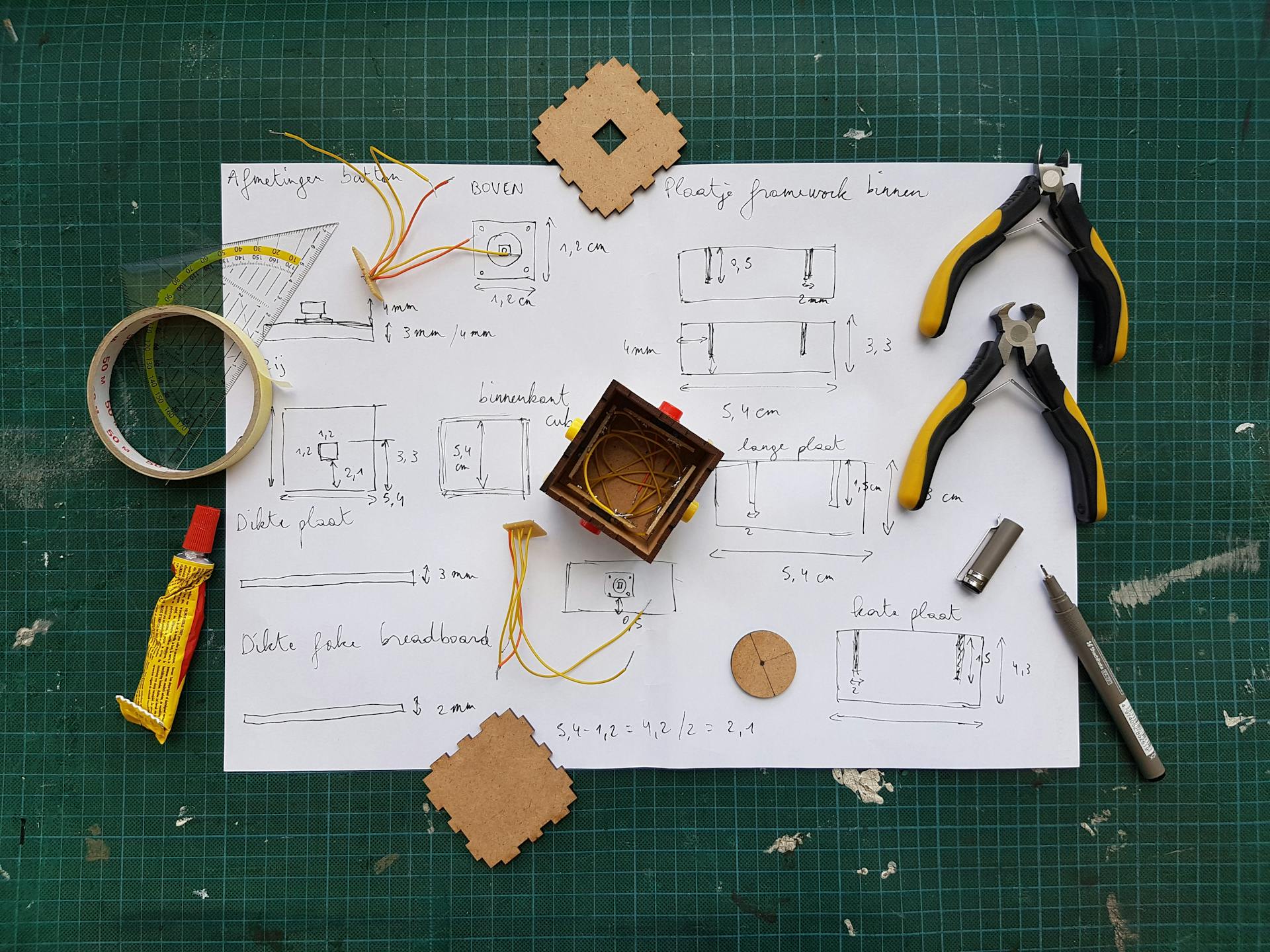My Blog
The Role of Design Thinking in Startup Success

In today’s rapidly evolving business landscape, startups are constantly seeking innovative ways to differentiate themselves and achieve sustainable growth. As a Director of Strategy, Marketing, and Venture Building at a business consulting firm targeting new-age companies and startups, I have observed the transformative power of design thinking in driving innovation, improving product development, and enhancing user experience. This article delves into how design thinking can be a critical factor in the success of startups.
Understanding Design Thinking
Design thinking is a human-centered approach to innovation that draws from the designer’s toolkit to integrate the needs of people, the possibilities of technology, and the requirements for business success. It involves a five-phase process: Empathize, Define, Ideate, Prototype, and Test.
Quote:
“Design is not just what it looks like and feels like. Design is how it works.” – Steve Jobs
Key Points:
- Empathize: Understand the needs, wants, and pain points of your target users.
- Define: Clearly articulate the problem you are trying to solve.
- Ideate: Generate a range of creative ideas and solutions.
- Prototype: Build tangible representations of your ideas.
- Test: Gather feedback and refine your solutions.
The Impact of Design Thinking on Startup Innovation
1. Fostering a User-Centric Mindset
Design thinking places the user at the heart of the innovation process, ensuring that products and services are tailored to meet their needs and preferences.
Quote:
“Design thinking is fundamentally about human-centered innovation.” – Tim Brown, CEO of IDEO
Key Actions:
- User Research: Conduct in-depth research to understand user behaviors and motivations.
- Personas and Empathy Maps: Create detailed personas and empathy maps to visualize user needs.
- Customer Journeys: Map out customer journeys to identify pain points and opportunities for improvement.
2. Enhancing Product Development
By iteratively prototyping and testing ideas, design thinking enables startups to develop products that are not only innovative but also feasible and viable.
Quote:
“The best way to predict the future is to create it.” – Peter Drucker
Key Actions:
- Rapid Prototyping: Develop quick prototypes to test concepts and gather feedback early in the development process.
- User Testing: Engage users in testing prototypes to validate assumptions and refine solutions.
- Iterative Development: Continuously iterate on designs based on user feedback and testing results.
3. Driving Business Growth through Innovation
Startups that embrace design thinking are better equipped to identify and capitalize on new market opportunities, driving business growth and competitive advantage.
Quote:
“Innovation distinguishes between a leader and a follower.” – Steve Jobs
Key Actions:
- Opportunity Identification: Use design thinking to uncover unmet needs and new market opportunities.
- Value Proposition Design: Develop compelling value propositions that resonate with target users.
- Business Model Innovation: Explore innovative business models that align with user needs and market dynamics.
4. Creating a Culture of Collaboration
Design thinking fosters a collaborative culture, encouraging cross-functional teams to work together to solve complex problems and drive innovation.
Quote:
“Alone we can do so little; together we can do so much.” – Helen Keller
Key Actions:
- Interdisciplinary Teams: Form teams with diverse skills and perspectives to tackle challenges.
- Co-creation Workshops: Conduct workshops that bring together stakeholders to collaboratively generate ideas and solutions.
- Open Communication: Promote open communication and feedback loops to ensure alignment and continuous improvement.
Practical Tips for Implementing Design Thinking in Startups
1. Start with Empathy
Empathy is the cornerstone of design thinking. Start by deeply understanding your users and their needs.
Key Measures:
- Conduct User Interviews: Engage with users through interviews and observations to gather insights.
- Analyze User Data: Use data analytics to uncover patterns and trends in user behavior.
- Walk in Their Shoes: Spend time experiencing the problems your users face firsthand.
2. Define Clear Problems
Clearly defining the problem you are trying to solve is critical to guiding the design thinking process.
Key Measures:
- Problem Statements: Develop clear and concise problem statements that articulate user needs and challenges.
- Root Cause Analysis: Use techniques like the “5 Whys” to identify the root causes of problems.
- Focus on Impact: Prioritize problems that have the greatest impact on your users and business.
3. Encourage Creative Ideation
Foster a culture of creativity and open-mindedness to generate innovative ideas and solutions.
Key Measures:
- Brainstorming Sessions: Conduct brainstorming sessions to generate a wide range of ideas.
- Divergent Thinking: Encourage divergent thinking to explore unconventional solutions.
- Idea Prioritization: Use techniques like the “Dot Voting” to prioritize the most promising ideas.
4. Prototype and Test Continuously
Prototyping and testing are essential to validating ideas and refining solutions based on user feedback.
Key Measures:
- Low-Fidelity Prototypes: Start with low-fidelity prototypes (e.g., sketches, mockups) to quickly test concepts.
- User Feedback Loops: Establish feedback loops with users to gather insights and iterate on designs.
- A/B Testing: Use A/B testing to compare different versions of a solution and identify the most effective one.
Conclusion
Design thinking is a powerful approach that can drive innovation, enhance product development, and improve user experience in startups. By adopting a user-centric mindset, embracing iterative development, and fostering a collaborative culture, startups can navigate the complexities of the modern business landscape and achieve sustainable growth.
As John Maeda, former president of the Rhode Island School of Design, once said, “Design is a solution to a problem. Art is a question to a problem.” In the context of startups, design thinking provides a structured yet flexible framework to solve problems creatively and effectively, ensuring that innovation is not only a buzzword but a tangible reality.
By leveraging the principles of design thinking, startups can build products that truly resonate with users, differentiate themselves in the market, and pave the way for long-term success. Embrace design thinking and transform your startup into a beacon of innovation and user-centered excellence.
